Regardless of the industry, innovation and agility are key in this current business climate, Chief Executive Ankur Dev believes.
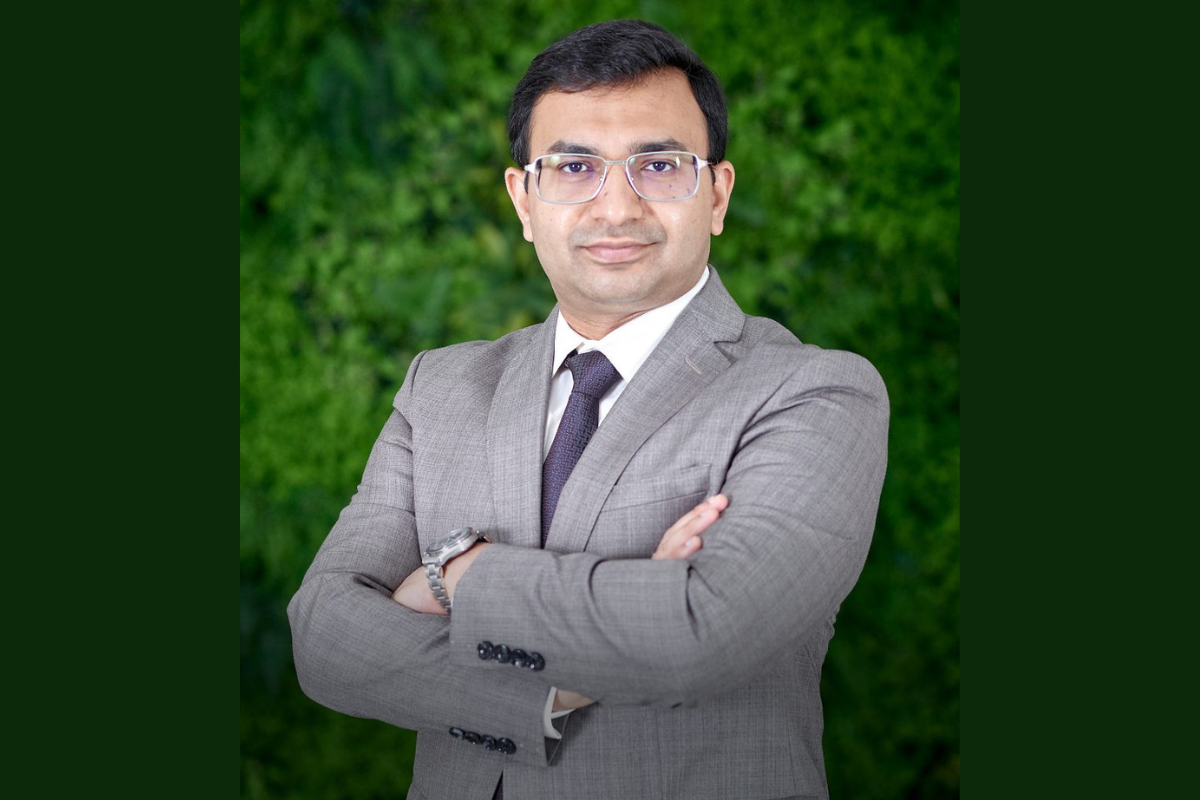
“Right now, you have to be continuously innovating your product portfolio and you have to be agile in terms of adapting to technology. That’s the only way you can maintain and enjoy your market share,” he tells The CEO Magazine.
As the Chief Executive of Escorts Kubota, Railway Equipment Division (RED), he has wasted no time getting to work to action the opportunities he had spotted when he accepted the role nearly 18 months ago.
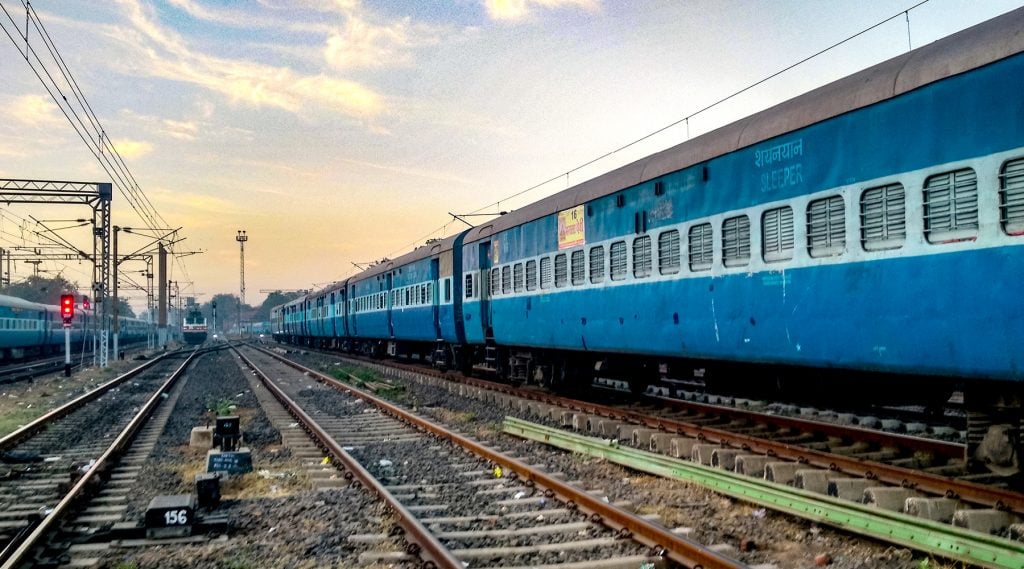
As an organization, there are things you can do to increase your winning percentages.
He has been with Escorts Kubota – a leading farming, construction and railway engineering group in India – since 2018, and was appointed Chief Executive of RED in October 2021.
“Once I came to RED, I just understood the business and what the key drivers were,” he says about the railway component manufacturer. Armed with this knowledge, and appreciation for what he describes as the “nuances of the business”, he devised a mechanism to accelerate growth.
To say he has hit the ground running is no understatement. “In terms of the short, or immediate term, I identified and segregated the business into three parts,” he explains.
Three pillars
The first part involved Indian Railways – the government-owned operator of India’s national railway network is its biggest client for a product range that includes brake systems, couplers, suspension systems and rubber products for almost all rolling stock segments, including passenger coaches, locomotive, freight wagons and Electric Multiple Units.
“Most of our business with Indian Railways is based on tenders that are allocated by the Indian government,” he says. “In this space, you have to follow Indian Railways guidelines, but as an organization, there are things you can do to increase your winning percentages.”
By centralizing its bidding process and analyzing competitor behavior patterns, RED has been able to increase its product penetration with its most important client.
“Next there are the private customers in the rolling stock industry of India, the manufacturers who build freight wagons,” he explains.
Traditionally, RED had relationships with approximately 50 percent of the private wagon builders of India. Dev made it an early priority to connect with every player in the segment. “Now, the division supplies materials to all private wagon builders of India. This has almost doubled our market share in the products we supply,” he says.
The third pillar involved looking for opportunities outside the country. Describing exports as a “minuscule” part of the business, he says a deliberate push into new geographies, including Asia, Africa, Europe, Australia and New Zealand, has seen a four-fold growth of export business in the last year.
“We have connected with railway organizations in these countries and we have been able to start supplying them successfully,” he says.
Combined, these three levers have delivered immediate success. “Last year, our top line increased by almost 33 percent,” he says. And, he adds, the expectation is for similar results in this financial year as well.
“The order pad has more than tripled in size from the day I took over as well,” he says, explaining that he inherited an order book that was almost INR320 crores (US$39 million) and today it is more than INR1,000 crores (US$122 million.)
Long-term view
Turning towards his medium-term strategy, Dev says that he’s been working with his sales team to timely commercialize already developed products, which are in field trials. “In partnership with Indian Railways, we put all these products in field trials and expect to release them in the market in the next six months,” he says.
By capitalizing on existing innovations, he hopes to drive further revenue growth in the next two-to-three years.
It’s all part of his vision to take the existing product portfolio and deploy it horizontally across the majority of rolling stocks manufactured across India, including metros.
The company has recently completed projects for the Chennai and Jaipur Metros, where it installed shock-absorbing dampers, and is currently working with the Delhi Metro Rail Corporation on refurbishment projects that includes installing mobile and laptop charging sockets, LCD-based dynamic route maps, electric panels, CCTV and other safety features to the coaches.
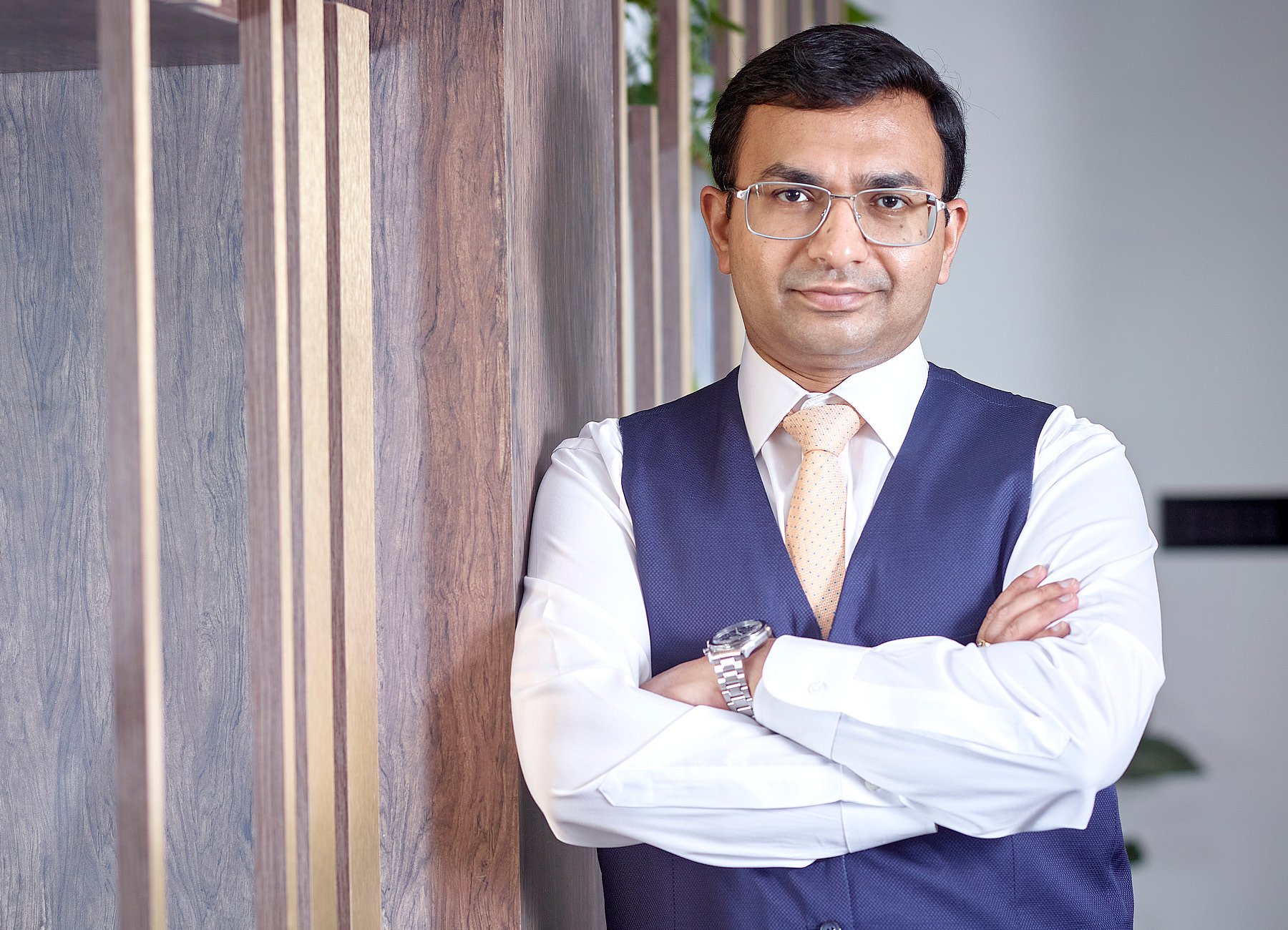
By entering into new products and new markets, we increase the size of the bucket and ultimately drive revenue growth.
These are the first steps in a plan to introduce more products for the metro segment, including suspension systems, doors, HVAC and brake systems.
“As for the long term, we’re trying to increase our portfolio in terms of products and customer base because ultimately, there’s a limited industry in which we have to play,” he explains.
“By entering into new products and new markets, we increase the size of the bucket and ultimately drive revenue growth.”
As its clients innovate, RED remains one step ahead.
“For example, Indian Railways has announced its plans to develop more than 400 semi-high-speed trains in the next three years. These trains will be capable of reaching speeds of up to 200 kilometers per hour, compared to the existing speed of 120 kilometers per hour,” he explains.
“We are already developing brake systems, couplers and the entire range of products for these new types of passenger coaches.”
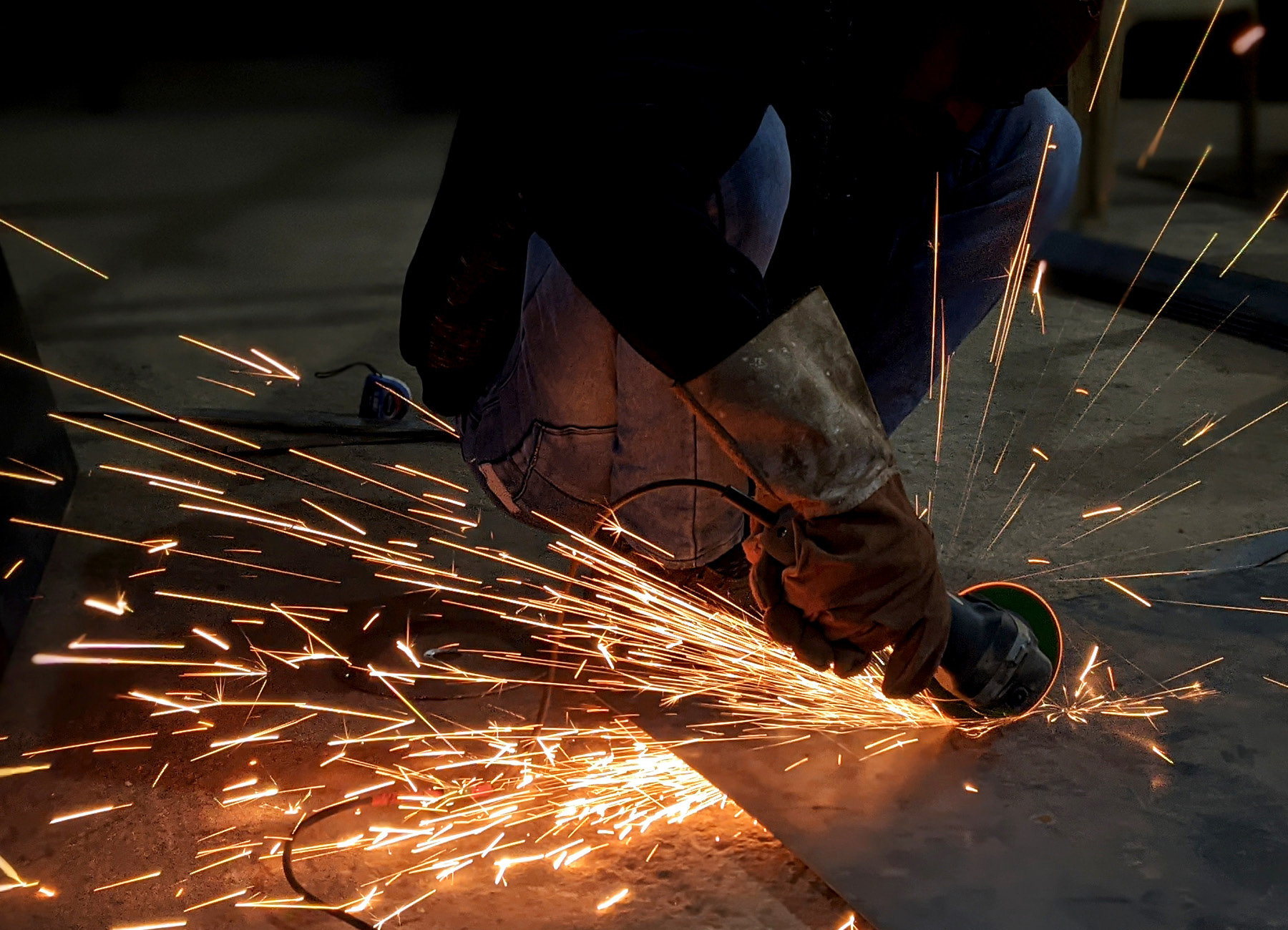
Escorts Kubota Limited (EKL) Fast Facts
• Founded in 1944
• Railway Equipment Division founded in 1962
• Six state-of-the-art manufacturing plants in India and one in Europe
• One of India’s leading tractor manufacturers and amongst the world’s top ten
• Among the world’s largest Pick-n-Carry Hydraulic Mobile Crane manufacturer
• Over two million tractors manufactured
• Over 16,000 construction equipment produced
• 1,000-plus dealers, stockists and distributors
• Leading manufacturer of critical railway components for more than six decades
• Presence across 60 countries
The heritage edge
Of course, such growth needs to be accompanied by an investment in facilities; Dev explains that, in the last 12–15 months, production capacity across all products has increased by 30–40 percent.
“We have a facility in Faridabad that is spread across almost eight hectares and we are currently not using 100 percent of the plant capacity,” he says. The plan is to use the extra space to accommodate the new products that are in the pipeline.
Discussing the challenges to his growth plan, he says competition is the biggest one RED faces. “When you have an attractive industry such as ours, you attract a lot of attention from global companies,” he explains. And, when RED makes its inevitable entrance into the local market, Dev knows the importance of being at the forefront of technology.
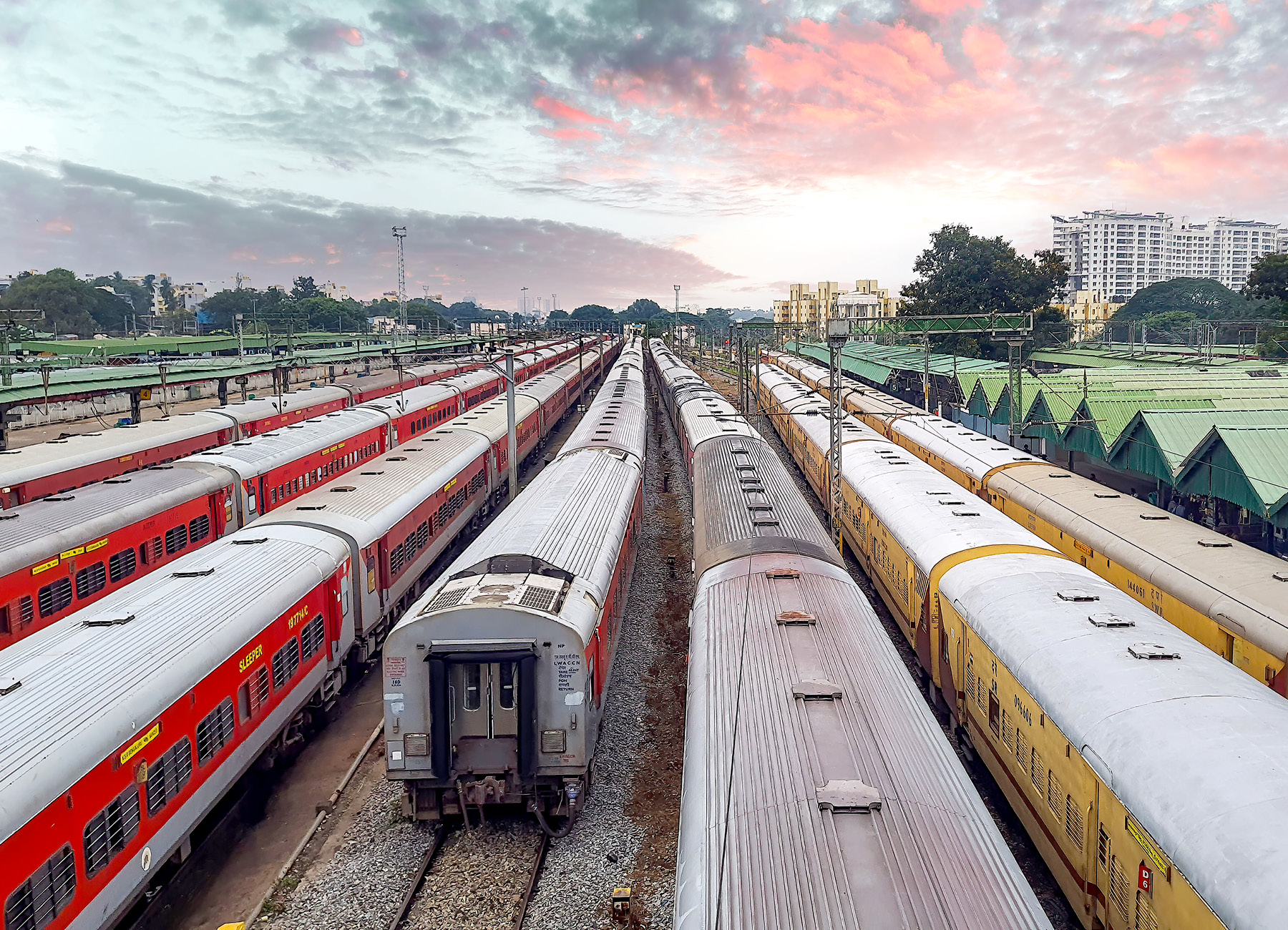
We have to continuously work on value engineering in order to maintain our margins without having to increase our prices in line with rising metal costs.
Added to that is the speed at which India is evolving in terms of infrastructure, thanks to the vision of the current government. “We have to match that pace internally and keep developing new products on a timely basis so that we can continue to increase our market share.”
There’s also the need to navigate the ever-increasing cost of raw materials, particularly metals. “It’s a situation all countries are facing, driven by the inflation of the last two or so years,” he says.
“We have to continuously work on value engineering in order to maintain our margins without having to increase our prices in line with rising metal costs.”
Fortunately, RED is well placed to navigate these obstacles, and more, thanks to the experience earned during 60 years of business.
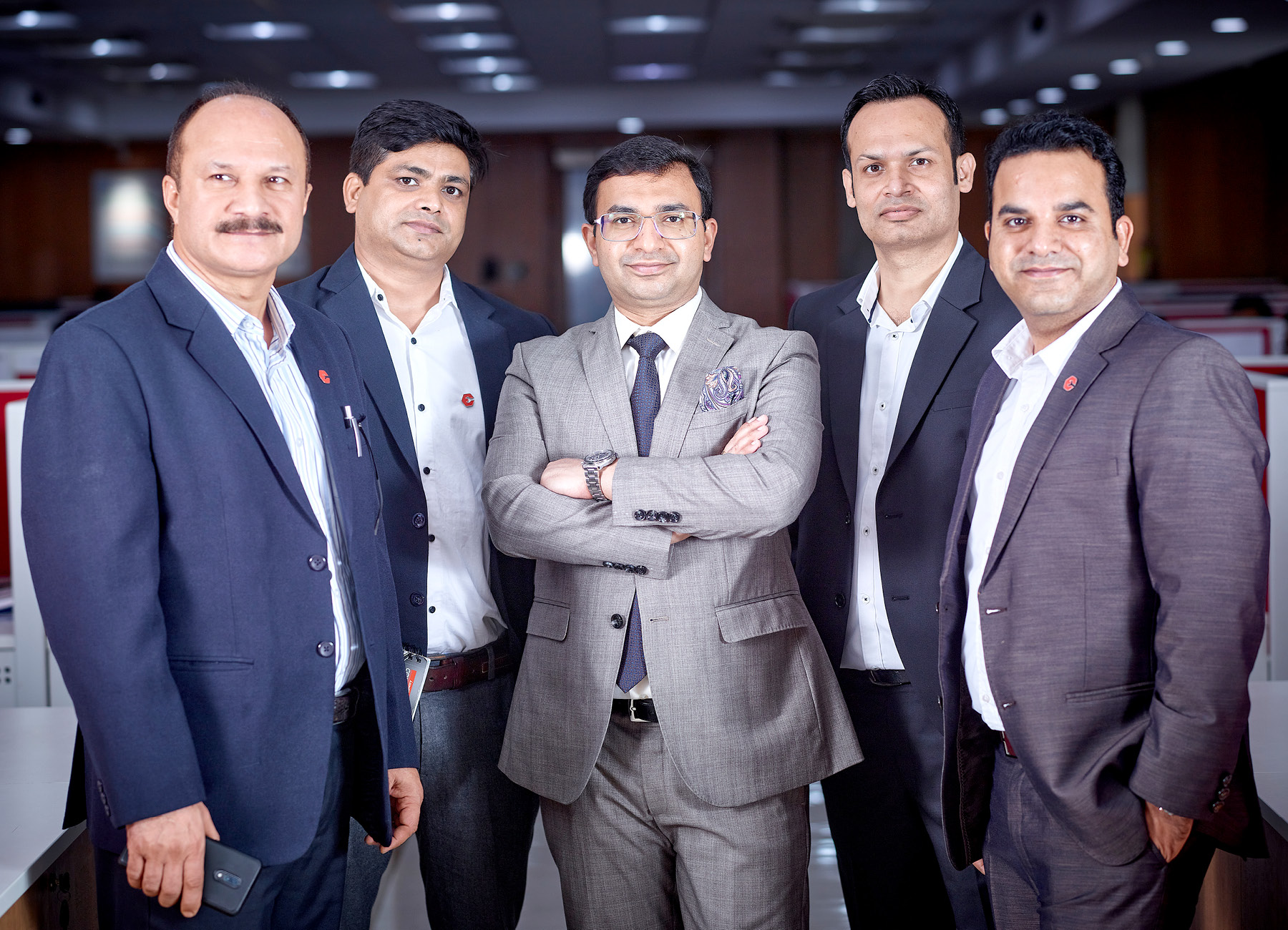
Over the years, we have developed world-class testing, research and development facilities which have allowed us to compete with the world’s multinational corporations.
Dev believes that this heritage is what gives the business a unique advantage when faced with both domestic and international challengers.
“Over the years, we have developed world-class testing, research and development facilities which have allowed us to compete with the world’s multinational corporations,” he explains. “And, because we are working in India, we are able to produce high-quality products at competitive prices.
“With these competitive prices and low-cost manufacturing we can compete with global players, but we are also able to outpace our Indian counterparts thanks to the help of our technology.”
Across almost all its product categories in all the countries it has a presence in, RED enjoys a market-leading position. And, with Dev’s focus on continued innovation to introduce new products in line with industry and customer requirements, this status is unlikely to change anytime soon.
Professional opportunity
Prior to joining Escorts Kubota, Dev spent over five years with Samsung India as Head of Financial Planning & Analysis, South West India. He has held leadership positions across Indian and multinational corporations in diversified sectors, including manufacturing, auto, consumer durables, telecom and petroleum.
A Certified Public Accountant, among other qualifications, his first role at Escorts Kubota was as Deputy Chief Financial Officer with overall finance and logistics responsibilities for the whole group.
The chance to lead a business end to end is one that he is relishing. “Having led the finance function of the group, to now oversee the business is a great opportunity in terms of learning. It’s helping me as a professional to grow and contribute to the growing aspirations of the organization,” he explains.
And he’s able to bring with him the best in class processes he has witnessed at the large multinational companies he has worked for – as well as the experience of working with different cultures.
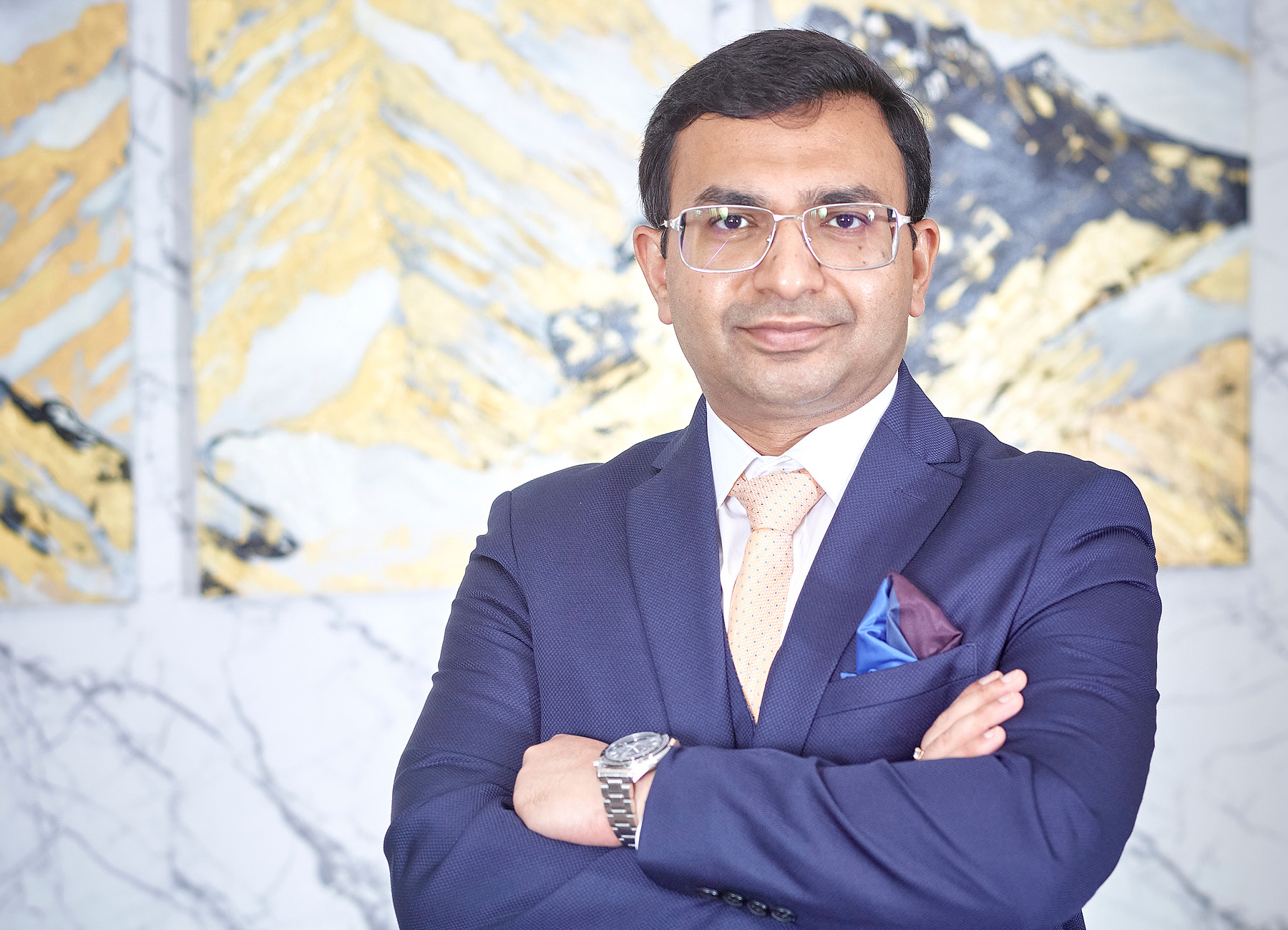
Having led the finance function of the group, to now oversee the business is a great opportunity in terms of learning.
“This background has really helped me lead, especially when I have to work with different railway organizations both inside or outside India, and implement standard processes or systems into Escorts Kubota’s railway business.”
He’s excited about the opportunities he sees going forward for the company, especially in light of the Indian government’s significant investment into a best-in-class Make in India program. “There’s good potential in terms of an increase in industry,” he says, citing figures that show a three-fold increase in manufacturing.
“Earlier, Indian Railways was manufacturing almost 10,000 freight wagons in a year. Now they have already allocated orders to manufacture approximately 30,000 wagons in a year,” he explains.
There are also the opportunities that come from its market positioning. “In some of the product portfolios, we are the only Indian company competing with the multinationals,” he says.
“This is why we feel that we have a good opportunity to grow and if I talk about the last six-to-seven years, our growth rate is almost 20 percent on annual basis, and I’m quite confident that for the next five-to-six years, we will be able to maintain the similar kind of growth rate in our railway business.”
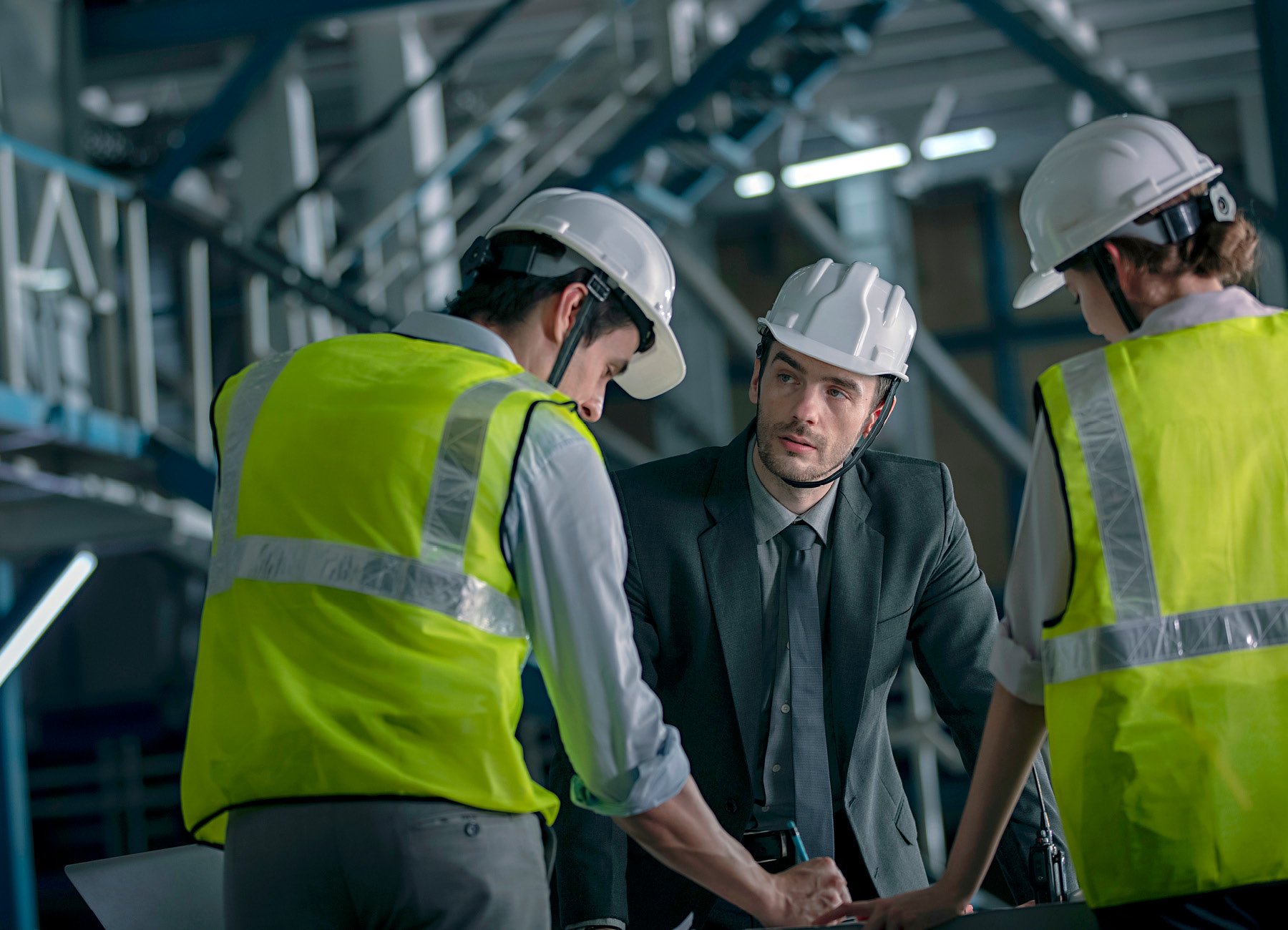
Technology Collaborations
In an interview with Rail Analysis India, Dev explained the importance of collaboration to RED’s R&D program.
“We are doing a lot of technology collaboration with global technology majors and through that, we bring technical expertise to India and then we do the manufacturing and testing in India,” he said, naming brake systems and the air spring as two products, in particular, that have been the subject of collaborations.
“We try to bring two things together: one is indigenously developing products in India; secondly bringing global technology majors to India.”
The supply backbone
Of course, he is also aware that to achieve this growth, robust supplier relationships will be critical. “We have a very positive environment for suppliers, which is built on trust and confidence,” Dev says.
“We treat them as our partners in this growth journey because they’re the backbone of our business.”
Many of these partnerships date back to RED’s inception. “We have a dedicated base of suppliers who have been working with us for many generations,” he explains, adding that the company’s supply partners are involved from the very beginning of any innovations in the works.
“We are able to continuously incorporate their feedback in product development,” he continues.
It helps that many of them are based close to the Faridabad plant. “We can connect with each other on a very frequent basis; they can visit our R&D facility and go through our product development plans for the medium- to long-term,” he says.
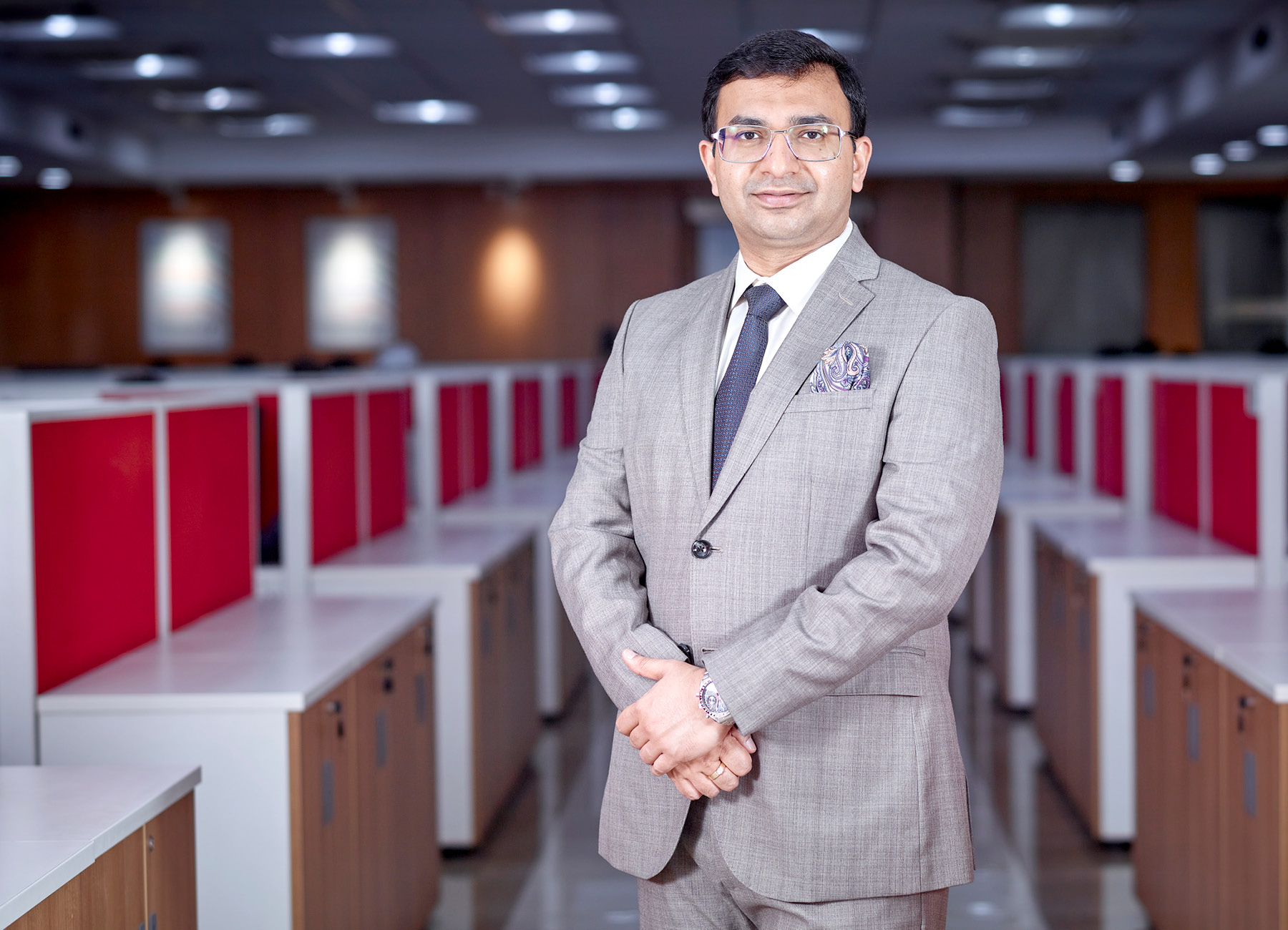
We treat them as our partners in this growth journey because they’re the backbone of our business.
Then there are other advantages to this proximity as well, particularly on the manufacturing side of the business. “We have a continuous supply of components with reduced logistics costs and increased operational efficiencies,” he explains.
The atmosphere is a productive one. “Just like we meet our customers regularly, the whole team also meets our suppliers on a regular basis in order to understand their pain points as well as the areas of our business where they drive improvements, which helps both organizations bring down costs and maintain our margins.”
He estimates that, thanks to these strategic supplier relationships, RED has been able to increase its capacity by between 30 to 40 percent every year. “These partnerships have allowed us to achieve this kind of growth in a very short time,” he says.
Tracking success
When asked about the key measurements for success within Escorts Kubota’s Railway Equipment Division, Dev explains that, “Internally, we measure success in terms of four KPIs”.
“Like any organization, one is market share across our products,” he says. “The second is top-line with profitability margins, and the third is working capital management. Ultimately, the fourth is the overall return on investment on whatever capital is deployed in the business, which requires minute tracking and detail.”

If we are well connected to the customer, then we are able to develop products on time or sometimes even ahead of our competition.
Yet, despite his financial background and aptitude for numbers and figures, he also knows that, across the business, maintaining customer relationships is the most important ingredient to sustained success.
“If the organization is customer-centric, then you can understand the requirements of the customer in a timely manner, you can understand their pain points, as well as their requirements. So a customer-centric approach is required in every product and market we are operating.” he explains.
“At the end of the day, it really helps the organization because, if we are well connected to the customer, then we are able to develop products on time or sometimes even ahead of our competition.”


